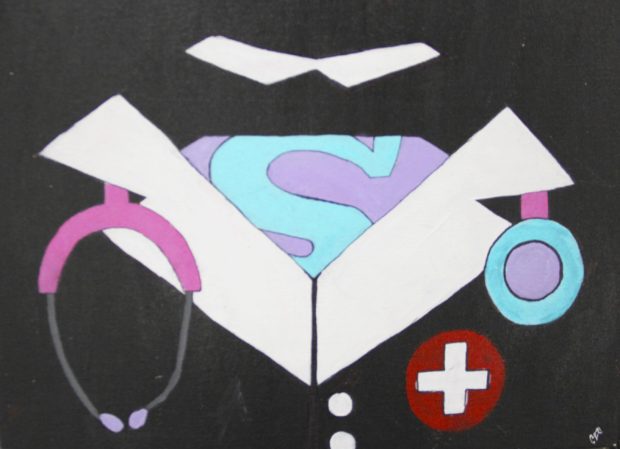Computer Science Education Week kicks off in Idaho
Idaho Gov. Brad Little declared Dec. 6-12 “Computer Science Education Week” in Idaho. The move was part of a broader push in Idaho and elsewhere to expand exposure to computer science — an industry experts say is rising in demand.
The week, which draws over 84,000 events worldwide, is a call for students to learn computer science, according to a news release from the Idaho STEM Action Center.
Introducing our students to computer science early on will “expose them to real-world experiences and strengthen critical thinking skills that will serve them throughout their lives,” Little told Syringa Middle School students during a coding event in Caldwell this week, the news release states.
The Idaho STEM Center, a government agency founded in 2015, hopes the effort will reach an array of students. The center created a “certificate of achievement” to recognize students who complete 10 hours of coding activities during the week. A “Bilingual Hour of Code” event on Wednesday allowed participants to learn from Micron employees in Spanish and English.
Idaho organizations are hosting a 100 Hour of Code events this year, said the center’s executive director Kaitlin Maguire. “Computing is used in a variety of careers, and strong demand is expected for computer occupations, such as IT security and software development — especially here in Idaho, where our tech sector is one of the fastest growing in the nation.”
Nineteen of the state’s top-20 “hot jobs” over the next five years require STEM skills, according to the Idaho Department of Labor. Demand for software and information security jobs is expected to rise 30% in the state between 2016 and 2026.
New community-learning resource deployed
Education organizers this week launched the 16th mobile “Think Make Create” trailer that offers hands-on STEM activities for students in rural communities.
The trailer’s latest launch happened at the Sandpoint Library on Monday. The Idaho Out-of-School Network and University of Idaho 4-H Youth Development Program manage the effort to expand access tools for science, technology, engineering and math throughout Idaho. Over the next year, the network says 18 schools and after-school programs plan to provide staff to operate the labs.
The Idaho Out-of-School Network says 8,000 young rural Idahoans have benefitted from the mobile labs over the years.
The labs can host 55 unique activities for students in kindergarteners through sixth grade. There are four labs in Southwest Idaho, three in North Idaho, three in tribal communities, three in the Magic Valley and two in East Idaho.

Art contest kicks off
The State Department of Education wants public school students in grades seven through 12 to submit art that displays how education will connect with their future.
Students can mail their “Picture My Future” art submissions to the SDE, Attn. Taylor Baggerly, P.O. Box 83720, Boise, ID 83720-0027, or submit them online as Adobe PDF documents at this link. Online submissions are due by midnight, Jan. 10. Mail entries must be postmarked by Jan. 7.
The agency will share winning entries on both its website and during Superintendent of Public Instruction Sherri Ybarra’s budget presentation before the Legislature’s Joint Finance-Appropriations Committee.
“This has been a challenging year for students and families throughout Idaho, but plans for the future still shine brightly, and I look forward to seeing how students envision life after high school,” Ybarra said in a prepared statement.
Art should visualize a student’s dreams for their post-high school future. Art should be submitted in an 8.5” x 11” portrait format and include the student’s name, grade, teacher’s name, district and school. The agency will accept any art medium or combination of mediums, including but not limited to paint, pencil and digital.
The SDE will not return the art, it said in a news release. Students are not permitted to use copyrighted images, and the agency says entering the contest “waives all copyrights of their entries and gives the State Department of Education permission to republish the art without compensation.”
Students should produce PDF documents using the “High Quality Print” setting.
